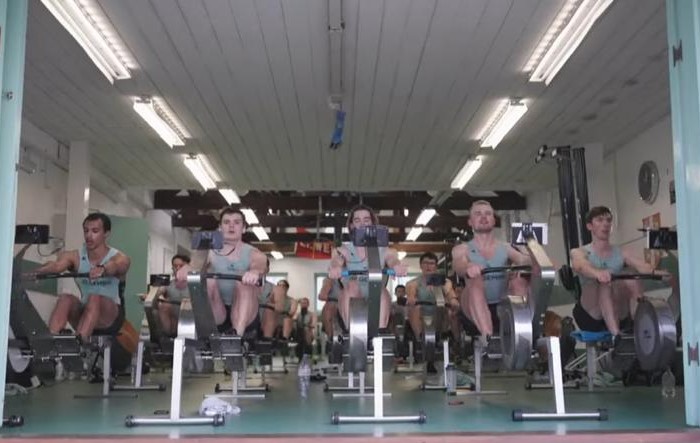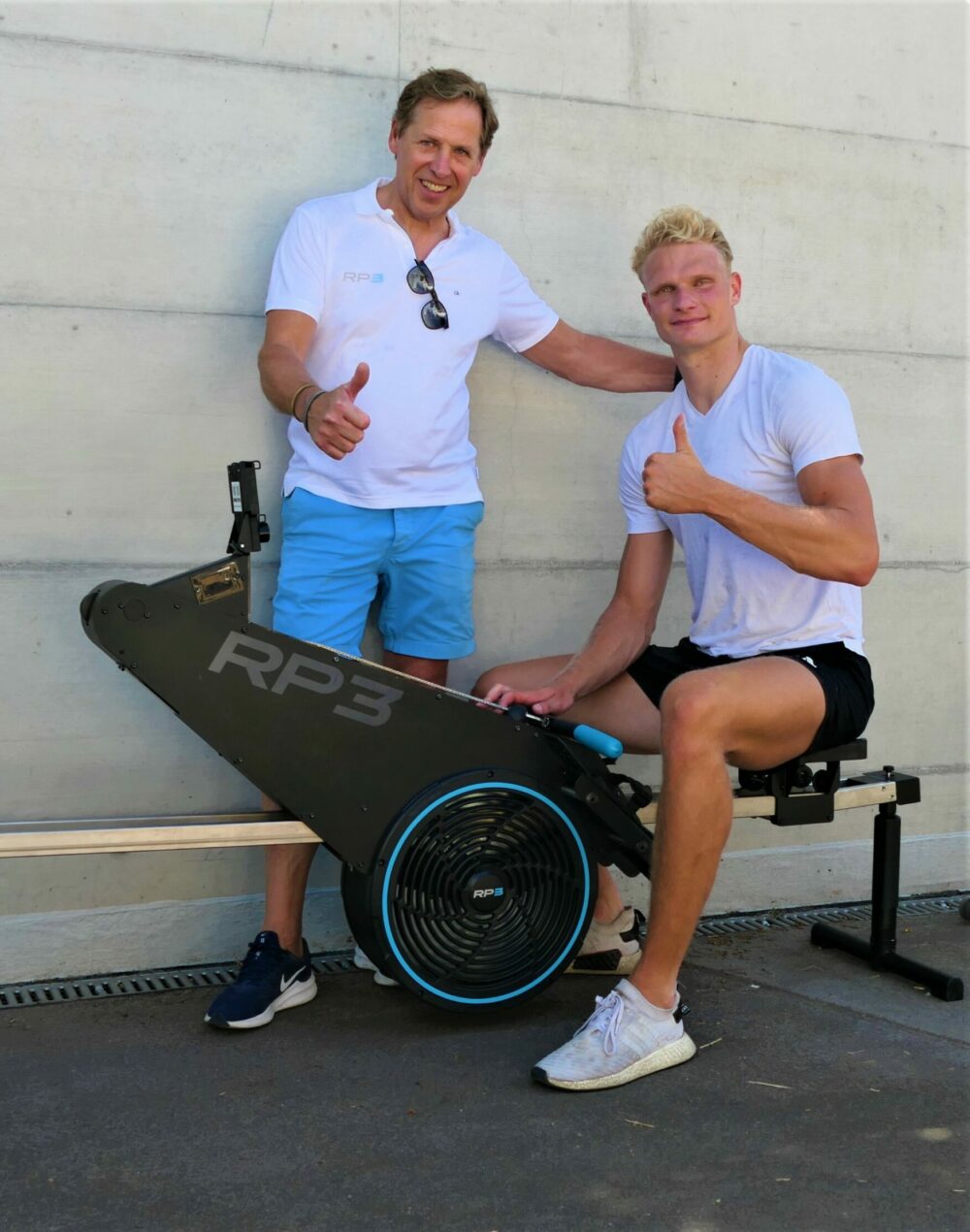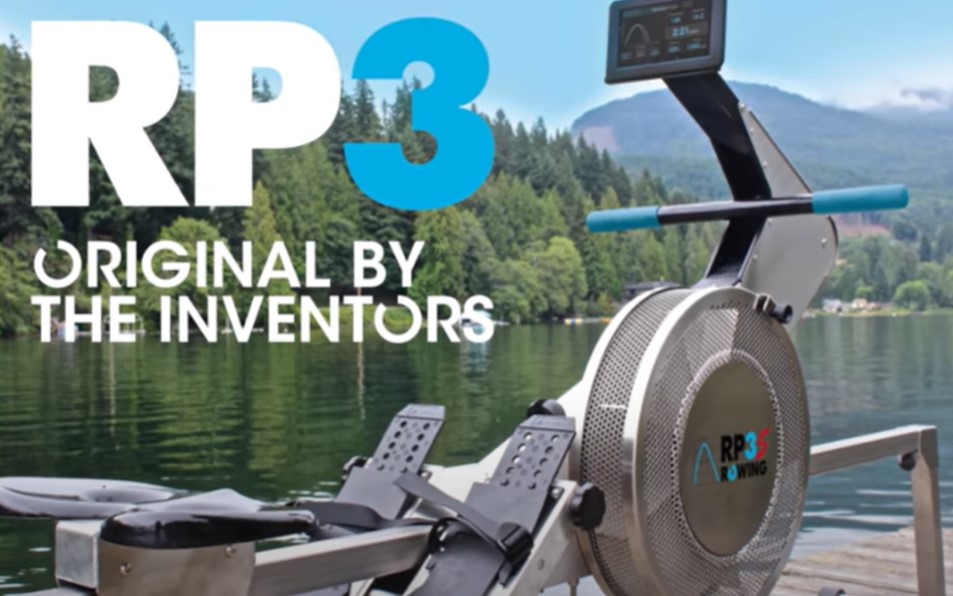RP3 Rowing Products
Model T
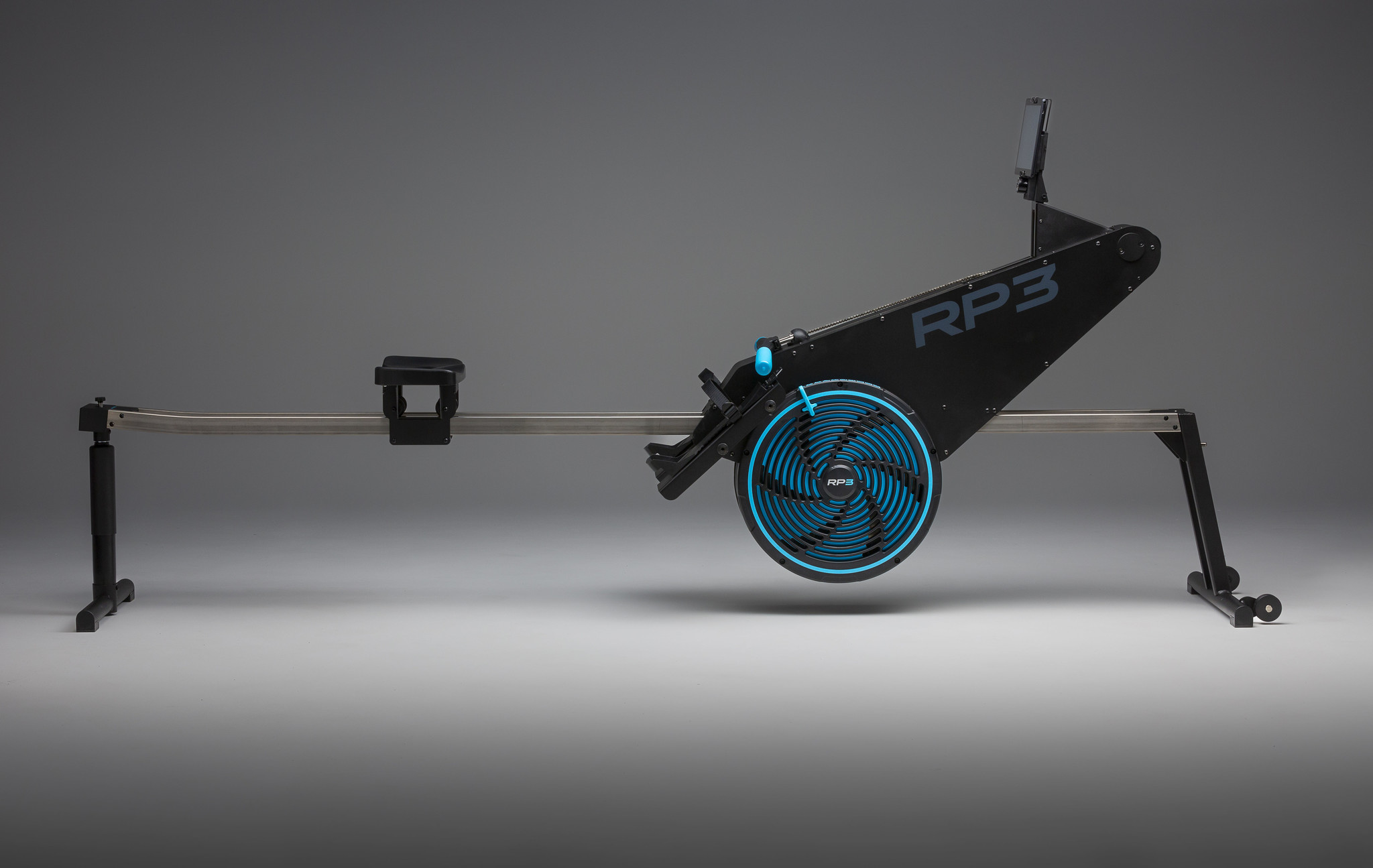
The RP3 Model T is our newest improved model and the most accessible indoor rower ever.
The flywheel has been brought down to get even more boat feeling simularity.
This robust Model T is ideal to start learning to row or switch to from any static rowing machine.
Get stronger, fitter and improve your rowing skills now with the Model T.
Model S
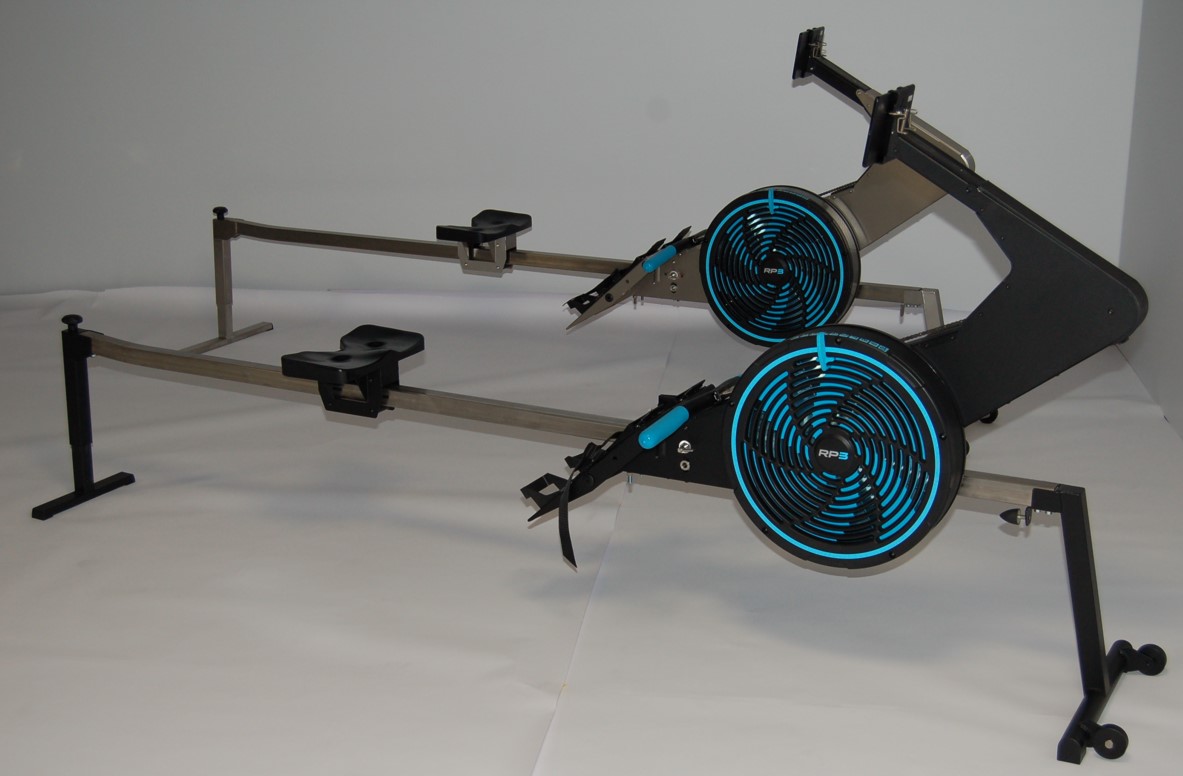
The Orginal RP3 Model S is available in the famous Stainless Steel (aka “Silver”) and the (new) Black version.
Get the exact and direct feeling of the rowing movement for your workouts!
Technically identical, the black is better priced: due to increasing costs for the stainless steel.
Pick you model S: Stainless Steel or Black
RP3 App
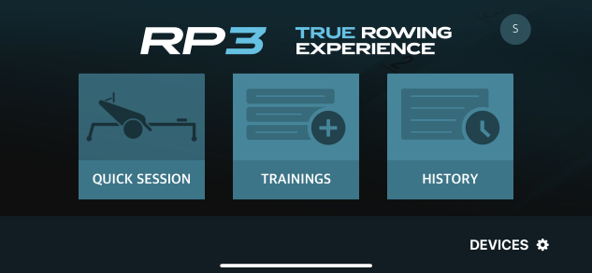
Use the RP3 Rowing App (aka Monitor) on your smartphone or tablet connected to your RP3 Dynamic Indoor Rower.
Connect via Bluetooth or USB cable and use the metrics & numbers while doing your workout.
Get direct feedback with the Power Curve visualisation and other (24) metrics. Quick Session, set or choose a training and see the results in the history (on the RP3 Portal).

